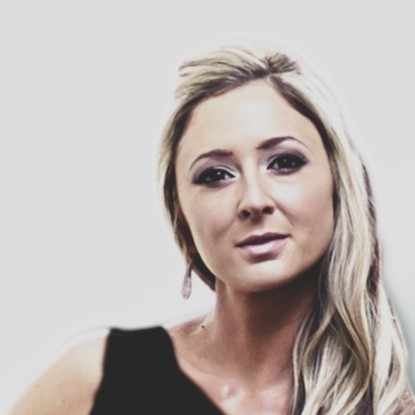The world of marketing media has shifted dramatically in the last decade. If you haven’t been paying attention, you might feel left behind. However, the vast array of media options available to your business can be categorized for easier understanding. Here’s what you need to know about the different types of media at your disposal.
The term ‘media’ encompasses various channels that businesses use to attract potential customers. The four different types of media, known as the PESO model, are:
Paid (Advertising)
This refers to advertorials, advertising, sponsored content, and sponsorships. Paid media channels can include ads on TV, radio, print, or any other activities for which you pay to appear. In the online space, this also includes pay-per-click advertising, Google Ads, and paid ads on platforms like Facebook and Twitter.
Earned Media (News Coverage)
Earned media consists of content created by others that relates to your business, service, or products. This content resides on their platforms and doesn’t belong to you. It is generated through media relations, and can appear in various forms such as quotes, product appearances, reviews, social media mentions, or interviews. Securing earned media can be challenging since top publishers receive numerous pitches each week. This requires time, energy, and often the expertise of a PR professional.
Shared (On Social Media)
Shared media refers to the dynamic social media landscape. It has quickly become a mainstream marketing channel for companies. Once you share your posts on social media, the content is out of your hands, and audience engagement is beyond your control. This can lead to significant consequences for brands if mistakes occur. For example, DiGiorno Pizza once tweeted a message that misused a trending hashtag, indicating a lack of research before publishing. Conversely, a well-received social media campaign can produce excellent results. Social media also serves as a platform where your owned, earned, and paid media can converge, making it a powerful space for sharing content, increasing brand awareness, and gaining followers.
Owned (Web Content)
Owned media refers to the channels you control, such as the content you create on your website, blog, e-books, and presentations. You have complete authority over the content and its distribution. While this can sometimes intersect with social media, technically, social media platforms are leasing accounts to you. Therefore, you are subject to their rules, and if they close, your content may be lost.
The Bottom Line
The PESO model provides a clear framework to understand the media opportunities available to you. Ultimately, the path you choose will depend on your time, budget, and resources.
However, a balanced mix of the PESO model will help you engage across paid, earned, shared, and owned media spaces, enabling you to attract and cater to a diverse range of clients consistently.





